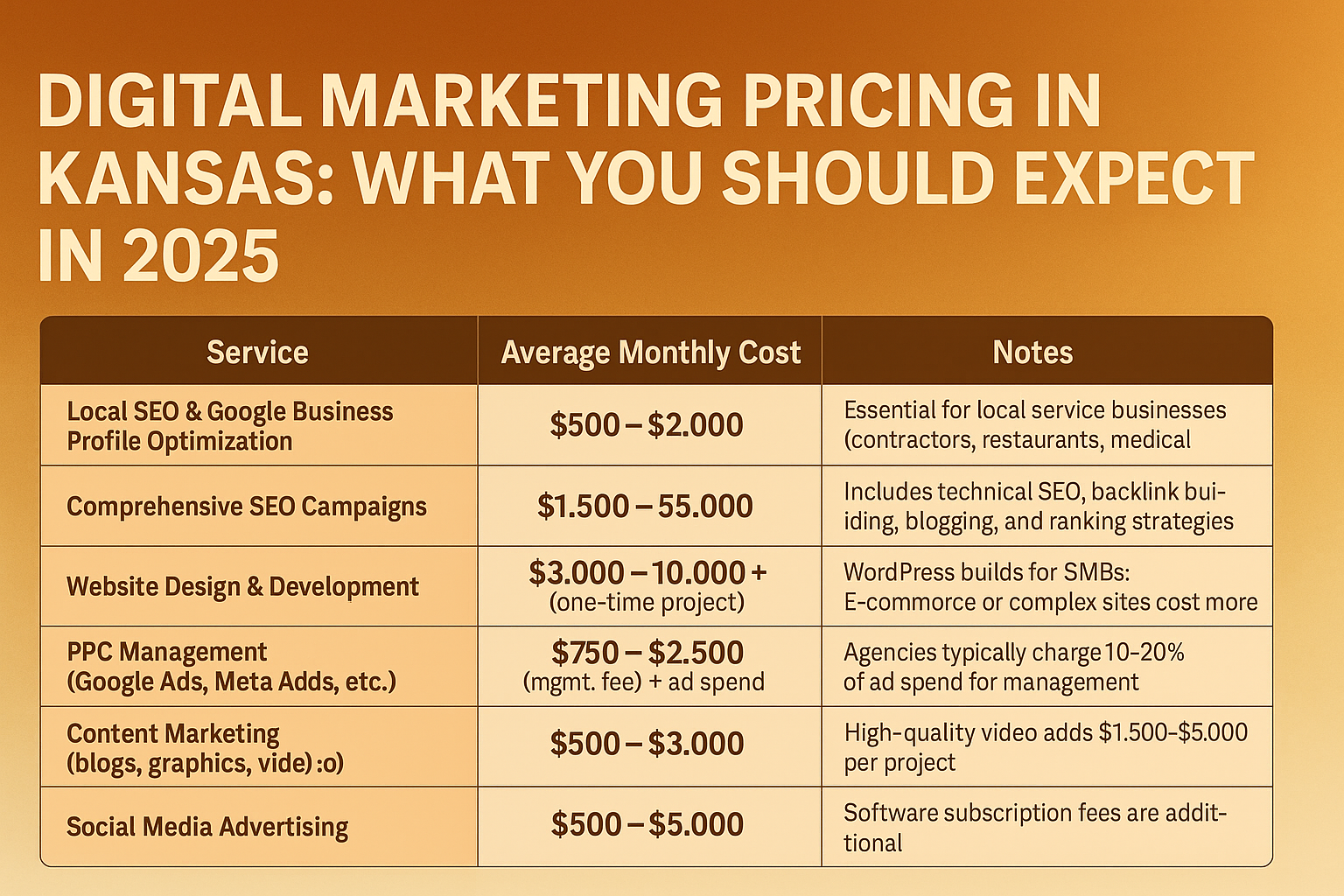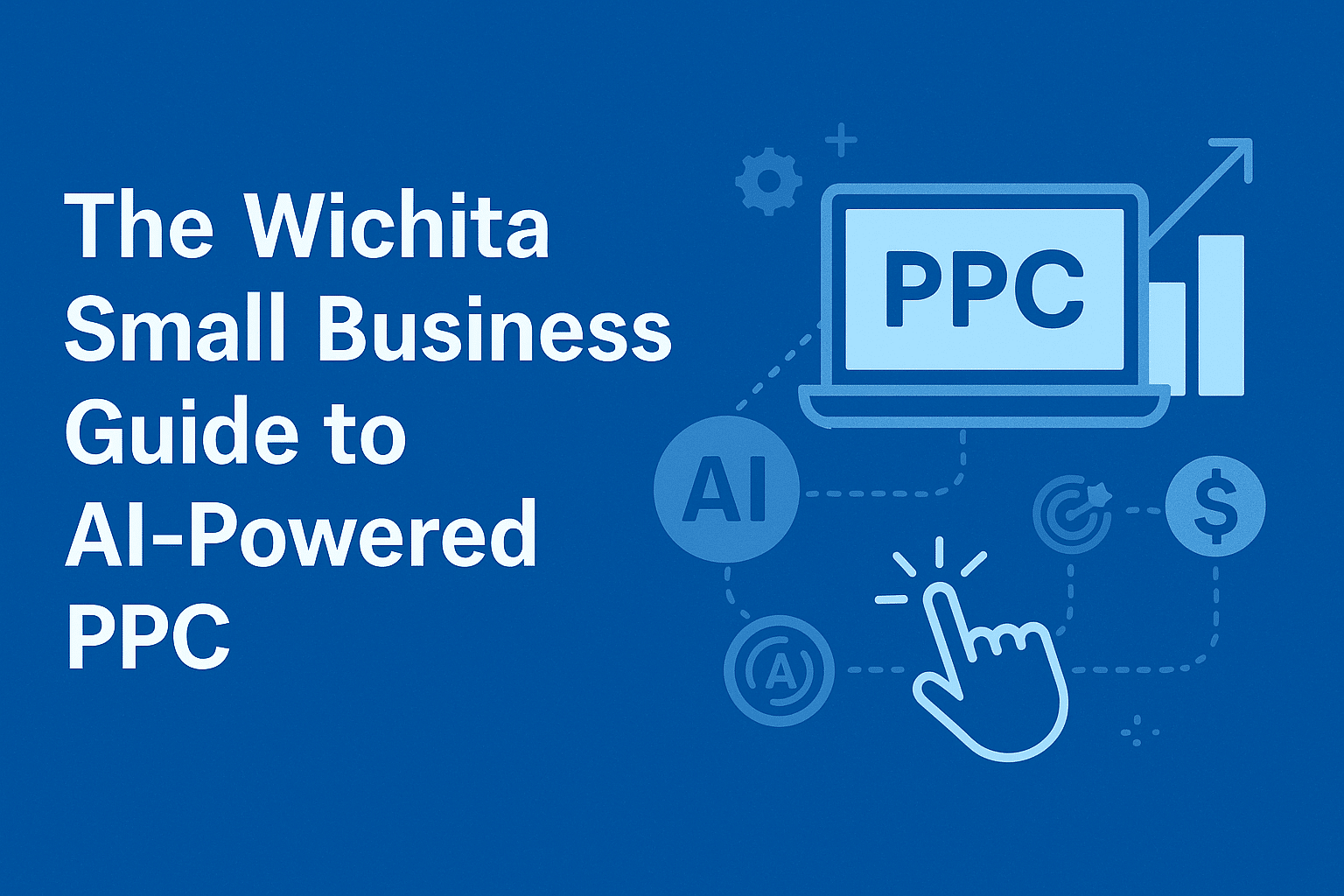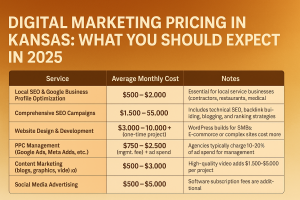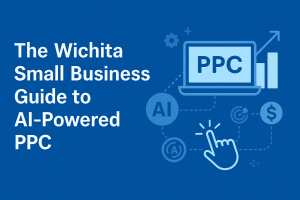What is a Brand?
A brand is almost simultaneous with a business’s identity. Your business’s brand is what others perceive to be your business as. At the same time, your brand helps identify your business, products, and services. Brands should be managed carefully, though they are often difficult to manage completely. The issue here is that brand is fifty percent intention and fifty percent perception. You can control most of what people will see from your brand/business, but the customer and/or potential customer is the only one who can decide what that brand signifies to them.
Branding Done Right
When branding is done correctly, the perceived image of your brand is exactly what you intended to create. Correct Branding instantly signifies what your business is and evokes certain attitudes or feelings from those familiar with it. This is often done without words. Consider McDonald’s, for example; whether you frequent the fast food restaurant or not, you most likely recognize their signature golden arches. You’re also probably familiar with their slogan, “I’m loving it”, perhaps you can even hear the jingle playing alongside it. These are all components of the McDonald’s brand, and they are all designed to both promote the business, promote the products, and evoke happy feelings about the food there.
While your business may not have the resources to create a brand as dominant and recognizable as that of McDonald’s, you still have the ability to create something that is effective and will resonate with your intended audiences.
Research
When creating, designing, and first implementing your brand, it is crucial to do your research. If you are not aware of branding strategies that work, stipulations that may affect your target audiences, or any number of researchable variables, you may not develop an appropriate brand to fit your business needs. The best place to start your research is with other businesses that operate similarly to yours. This doesn’t mean you need to copy the design and aesthetic of other brands, but that you need to take the time to understand what your competitors or collaborators are zeroing in on. Are there particular colors, buzz words, or designs that you see shared between brands?
In addition to this kind of competitor/collaborator research, it is also important to research your customers. Who do you want to sell to? What are these potential buyers looking for? If you can better understand who you are branding towards, you can build a more comprehensive brand that appeals to their desires and choices.
Homing in On Your Audience
After your research is completed, or even as part of it, you need to establish a clear target audience. While a quality branding strategy appeals to a variety of audiences, you need to cater primarily to those you wish to sell to. The logo, slogan, and keywords you would market to legal professionals with would be different than those you’d use to market to single parents. Basically, there are certain modifications that need to be made when branding to different audiences.
When first creating your brand, you need to focus on clear audiences and cater to them. If your research is done properly, or you already have sales experience within your business, start catering your brand to the audiences you already have success with. If not, then cater your branding to audiences similar businesses have success with or those that your research deems effective.
Define Your Brand
Once your target audience is determined, you can begin defining your brand. This is where you can start to make creative choices such as logo design, font style, and even brand personality. However, before these choices are made definitively, you need to determine how your brand will target your selected audience(s). What buzzwords will be used? Where will your brand be most present? Will you focus on visual branding? Will there be a heavy reliance on text?
All of these questions need to be answered in order for your brand to be defined. Without a clear definition of what you want from your brand, you won’t be able to properly target your intended audiences. Branding starts with our definition of what your business is and how you want it to be perceived. From there you can begin to branch out and develop your brand further.
Build Your Brand’s Personality Profile
Every brand carries a personality with it. These personalities should feel real and should be easy to perceive. Brand personality should be chosen based on two factors, how you intend to market your brand, and what personality type is best suited for your target audience. Your brand personality can be serious, humorous, sarcastic, or anywhere in between. However, it is essential that your brand personality remains universal across all marketing strategies and platforms. While the style of posts and content may vary across social media platforms, your business should feel the same on Facebook as it does on Twitter. You don’t need different logos or slogans across platforms. Your personality should also feel consistent. If you use humorous posts on Twitter, use them on Facebook. You don’t want your potential customers seeing a different branding strategy and a lack of consistency.
Word Choice
Word choice is very important to branding for several reasons. Firstly, word choice is crucial to your slogan. While this is rather obvious, it is important to choose the words in your slogan carefully. You don’t want to use words that are overly cliched or generic, however, you also don’t want to use words that are too specific or from too advanced of a vocabulary.
Word choice is also an important aspect of establishing your brand’s personality. If you want your brand to appear funny, serious, or a mix of the two, you must choose words that effectively reflect those personality traits. Choose words that reflect how you want people to perceive your brand.
Finally, word choice is an important aspect of keywording and search engine optimization. You must choose buzz words that appeal to your target audience. Whether this is part of your slogan or your day to day content, you need to research relevant keywords and apply them to your branding efforts.
Visual Appearance
As important as word choice is, you must also prioritize the visual appearance of your brand. Think back to McDonald’s and the golden arches. This simple visual image is easily distinguishable from other brands and immediately clues the customer in to what the restaurant is. While your business probably won’t be as widely recognizable as the fast food giant, it is never too early to start visually distinguishing yourself from your competing and collaborating business.
Visual appearance can come in a variety of ways. Logo design, font choice, and website layout are just a few examples. However, you also have to make visual choices when operating your website’s social media profiles. There are choices to be made in terms of how wordy your posts are, whether they utilize images or emojis, and what images you use for your profile and header photos. These all influence the visual appearance and impact that your brand makes when users visit your website or profile.
Slogans
Slogans have been covered briefly above, and in reality; appropriate slogans can be pieced together using the same concepts already discussed in this article. However, it is important to remember the purpose of your slogan, same as it is important to remember the intent and desired perception of your brand.
Think back to McDonald’s. “I’m loving it” conveys a simple, yet effective message. Three simple words help convey the ideas of happiness, joy, and love in relation to the food. Herein lies the success of a slogan, the idea that the company is able to convey their brand in a simple, recognizable phrase. When you are designing your brand, you need to decide what you want your slogan to convey. Once you have an intended meaning you can begin to design your slogan around it. By using buzzwords, relevant SEO keywords, and appropriate vocabulary, you can create your slogan and begin using it with your branding and marketing strategies.
Logos
Logos are just as important as brands. With or without words, logos help identify a brand and evoke similar feelings as the slogan would. Logos can be large or small, simple or complex. The key here is that a truly “good” logo is both unique and matches its desired brand perception. Logos should be designed with many visual components taken into account.
For example, color is a good place to start when creating a logo. Certain colors are often linked to certain feelings or emotions, and so selecting a relatable color helps you to be able to focus in on the desired brand perception. For example, blue often reflects a sense of calm and coolness. On the other hand, red is energetic, passionate, and youthful. Depending on who your target audience is, you may want to select a color that best represents characteristics about them.
It is equally important to decide what images or texts you wish to use in your logo. While it is not always necessary, it is helpful to have the business name listed somewhere on the logo, or at least an abbreviation of it. Remember that your logo should be designed towards your target audience’s tastes, not your own.
Adapt Your Brand
The best brands are adaptable. Especially when starting out, your branding efforts may not always reap the results that you expect them to. However, there is always potential for growth and change. Whether you are branding for the first time or rebranding your business, there are always means of adapting your brand in order to maximize success.
The key here is to do research. Are there certain styles or designs in your brand that have become outdated since first implemented? Is your current brand personality attracting its intended audience? Look for areas where you are seeing great success. Pay attention to areas where you are not seeing the success you’d hoped for. Research other brands in your industry to see how they are adapting or evolving. By keeping an open eye and an open mind about how you can better your business, you can ensure that your brand stays current, fresh, and successful.
SEO
While SEO may not seem like an essential part of branding it is, especially as your branding and business goals grow larger. In fact, SEO and branding go hand in hand. A successful brand often garners search results of its own. If you have a recognizable slogan, especially, you may find that many users are searching for your business by using that slogan as their search term. In order to take advantage of this, you need to make sure that your brand is present and optimized for search engine results on your website. Get in front of your brand and keep your brand standards current on every article or piece of content you’ve put out.
By ensuring that your website is up to SEO standards, you are ensuring that users and search engines have the best possible perception of your brand. If users can find relevant content in a timely manner, their opinion of your brand goes up. If search engines see that your brand adheres to their standards constantly, your results ranking will go up, it’s that simple.
Conclusion
Branding is a necessary part of any business. Whether your business provides products or services, it is paramount to your growth that you have brand standards. You need to have a clear idea of what feelings or thoughts you want to evoke in your audience and start from there. Your brand can be delivered via slogans, logos, and even your brand personality on social media. Take into account what styles are modern, and trends that similar brands have utilized successfully. It is equally important to be receptive to change, and to understand that sometimes you may have to update or recreate your brand to achieve your desired results.




















